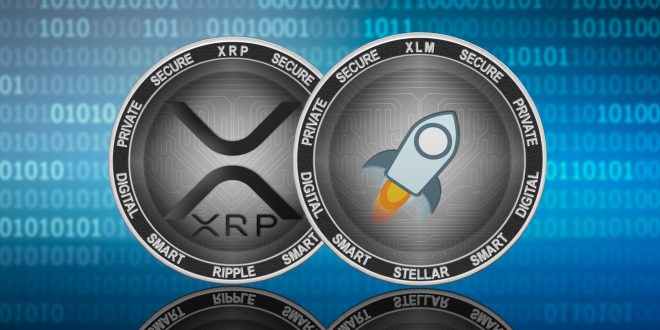Ripple (XRP) and Stellar Lumens (XLM) are considered strong competitors because of their similar offerings. Even though the two super-fast payment coins are not exactly the same, they have both been in a race, competing for a share of the global remittance market. Hence the Stellar vs. Ripple debate is an ongoing one.
Besides the obvious question of whether the price of the two tokens will increase in the coming years or not, many crypto enthusiasts have been asking to know which of these payment coins is a better investment. So, in this post, we will be taking a quick look into the fundamentals of both coins to see what the future holds for them.
Meanwhile, if you want to buy XRP or XLM, AnyCoin Direct is the right place to look. You can also learn more about the two coins on the platform. But first, let’s see which of the two comes on top.
Ripple (XRP)
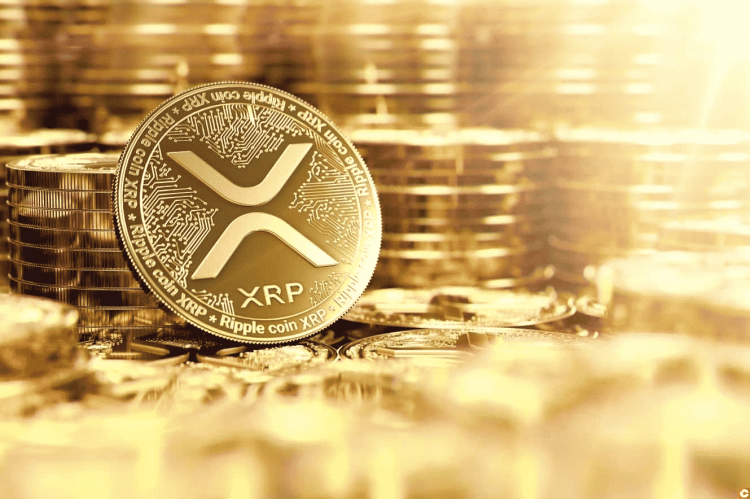
Following its launch in 2013, Ripple has enjoyed a fair share of the crypto market, operating in the top ten ranked cryptocurrencies in terms of market capitalization. As of the time of writing this post, the digital currency is priced at $0.87, having decreased by about 11.6% in the past weeks.
The cryptocurrency is designed to address the problem that the global payment ecosystem is facing currently. It aims to enable banks and other financial institutions to make international payments cheap, fast, and efficient.
Stellar (XLM)
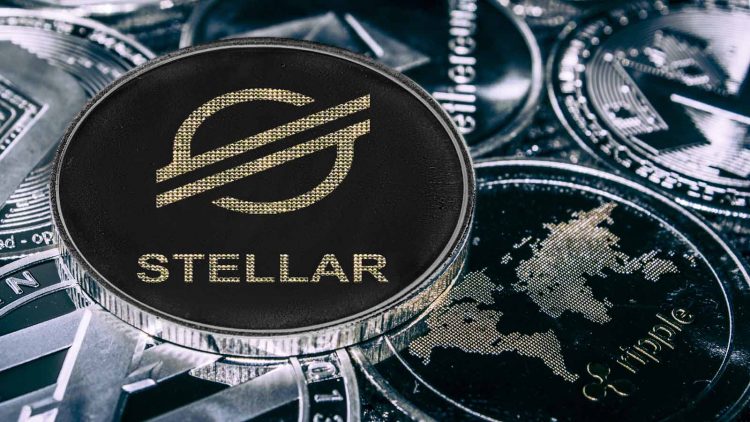
Stellar is presently ranked sixteenth on the crypto-list in terms of market capitalization. And as the time of writing this post, the token is priced at $0.34 with a decrease of 20% in the past few weeks. Ripple and Stellar are considered strong competitors because both target the same niche, which is increasing the efficiency of the global payment ecosystem.
However, the major difference between them is the target audience. While Stellar targets the average person, Ripple is aimed at banks and other financial institutions. Stellar also focuses more on the financial inclusion of less developed countries.
Ripple vs. Stellar: What Are The Key Differences Between The Two?
When deciding on which of these coins is a better investment in 2024, one has to consider some factors. These factors are what should form the basis of our decisions. Some of them include:
User cases
Although the two projects have a similar mission of disrupting cross-border financial payments, which is why crypto enthusiasts compare them, the type of users each of the targets is different.
While Stellar is looking to work with unbanked individuals around the world, Ripple, on the other hand, is focusing on building close partnerships with mainstream banks to help them move money globally.
Naturally, most people who choose to invest in Stellar see it as a long-term investment. The currency focuses on those people outside the reach of the banking services, making it a very interesting investment option for people in developing economies. Because of that, Stellar has the potential of growing significantly as the years go by.
Demand and supply
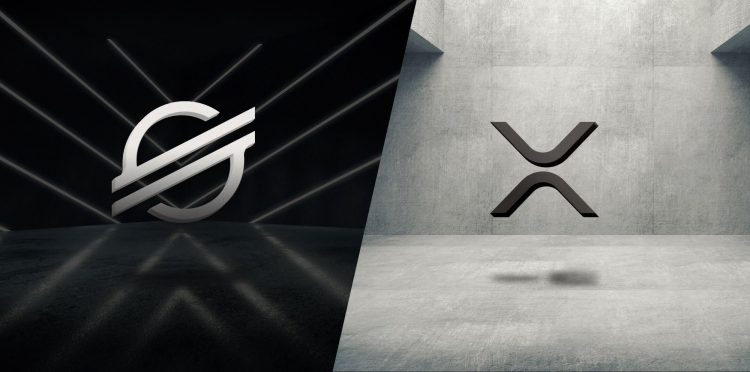
Ripple (XRP) has its supply capped at 100 billion coins, with only 45 billion presently in circulation. Stellar Lumens (XLM) initially also had a supply of 100 billion but was later removed after a community vote and cut down to 50 billion coins. The step was taken to check-mate the tendency of inflation. That means the currency is capped at 50 billion coins, and 22 billion coins are already in circulation out of the 50 billion.
That makes XLM at a lower supply than XRP. But according to the golden rule of economics, the lesser the supply, the greater the demand. Meaning XLM will likely receive a shoot-up in price soon as its supply begins to fall behind its demand.
Transaction speeds
Transaction speeds and costs are always key factors when considering the viability of a cryptocurrency. But in the case of Stellar and Ripple, it is a very important factor as both of them are designed to provide banks with a cheaper alternative to SWIFT. Thus, transaction speeds could help determine which of the two cryptos comes on top.
The Stellar Consensus Protocol (SCP) uses the Federal Byzantine Agreement (FBA) algorithm, which enables faster processing of transactions by using a selection of trusted nodes to validate transactions rather than the entire network.
Ripple also uses a similar consensus mechanism, although they differ slightly in their mode of operations. While Stellar is completely decentralized in that its transactions are verified via a peer-to-peer mechanism, Ripple Labs owns most of the trusted nodes on Ripple – those which approve the transactions, showing that Ripple Labs plays a major role in authorizing transactions.
What Is There Price History Like?
XLM
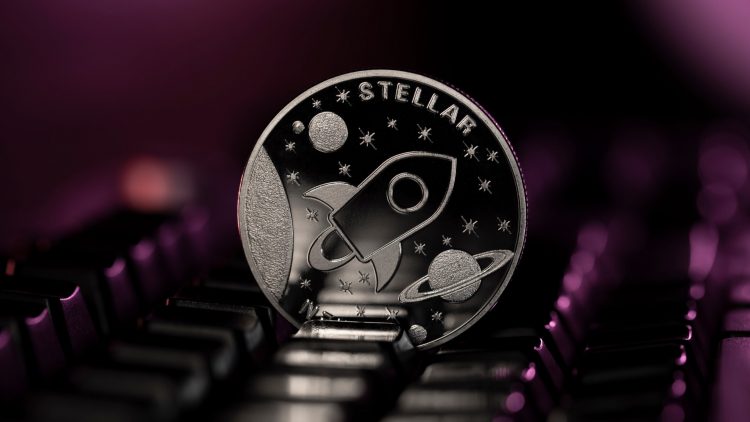
For the first two years after the launch of XLM, the coin traded at a fraction of a cent with no significant price movement until 2017. Then, after a short bull run in the summer of that year, XLM price suddenly shoots up, reaching an all-time high of $0.93 by the beginning of 2018. But after a short time, the price dipped again by about 90%, trading at just $0.06 by February 2019. Thus, throughout 2019, price didn’t favor the coin that much.
However, by the end of 2024, the crypto market bull favored Stellar Lumens very much. But due to the SEC ruling against Ripple, the price of the coin dropped again as investors predict Stellar might also suffer the same fate as Ripple very soon. Having crept up to $0.19, XLM price dropped back to $0.13 by January 2024.
But due to the recent price surge in the crypto market, XLM price rose to $0.54 in February before going down again. As of the time of writing this post, the price of the cryptocurrency is around $0.34.
XRP
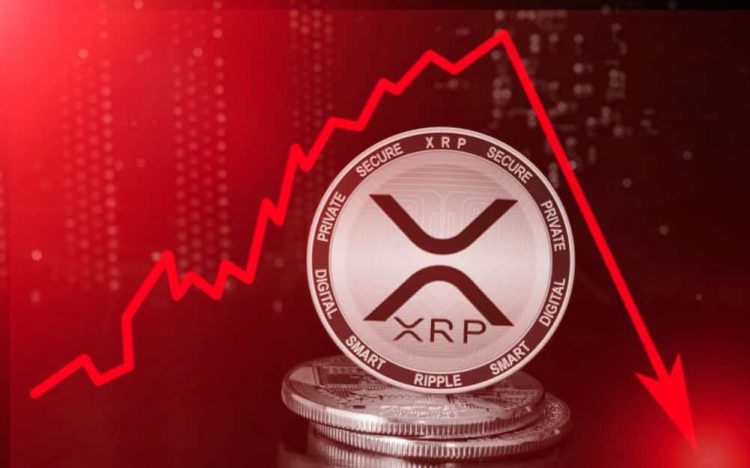
Like it was for XLM, Ripple also had held at price until 2017 market bull when the coin price goes up, reaching $3.08 at the beginning of 2018. But the price steeply dropped again in the first quarter of the year. And by August 2018, XRP price has fallen as low as $0.27. Then, in 2019, the price picked up again, pushing the coin to a high of $0.46 before declining again.
By 2024 when the coin was starting to experience some growth, the COVID-19 pandemic, followed by SEC ruling, stifled the growth. Ripple Labs was sued for allegedly raising funds through the sale of XRP is unregistered security. The case is still ongoing.
However, XRP seems to be recovering well from all the setbacks as it picks up to $0.62 in February compared to the $0.21 it was traded in January 2024. Right now, Ripple XRP is trading at $0.87.
Stellar vs. Ripple: Which is a Better Investment in 2024?
The two currencies have matched up well at different parameters. But if anyone is contemplating which of them will make a good investment in 2024, the decision has to be solely dependent on the outcome of the SEC action in the near term. The SEC lawsuit has caused the coin to be removed from some of the largest exchanges, eliminating the potential for volumes while also limiting the ability to exchange the coin.
The lawsuit is still ongoing and may continue for many months, which means XRP may not be able to achieve its full potential as exchanges are not allowing it to trade, and investors are afraid to take larger positions in the project.
So, to conclude on XLM vs XRP in 2024, a sensible decision from a risk standpoint would be to go with XLM. The project has so much potential for expansion and partnership, which could lead to a breakthrough for the coin. Lawsuit and exchange issues are currently weighing down on Ripple’s XRP, so XLM will be a better place to put your money.
 Hi Boox Popular Magazine 2024
Hi Boox Popular Magazine 2024
